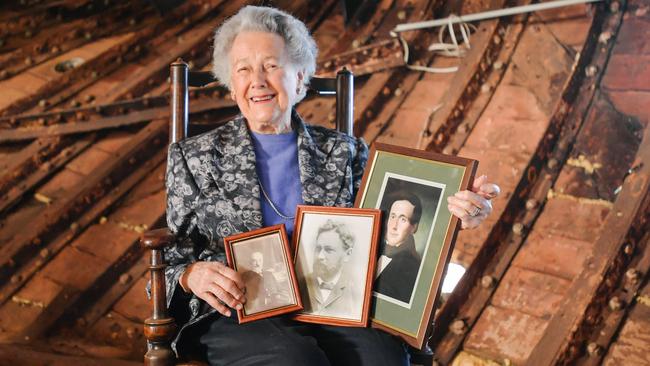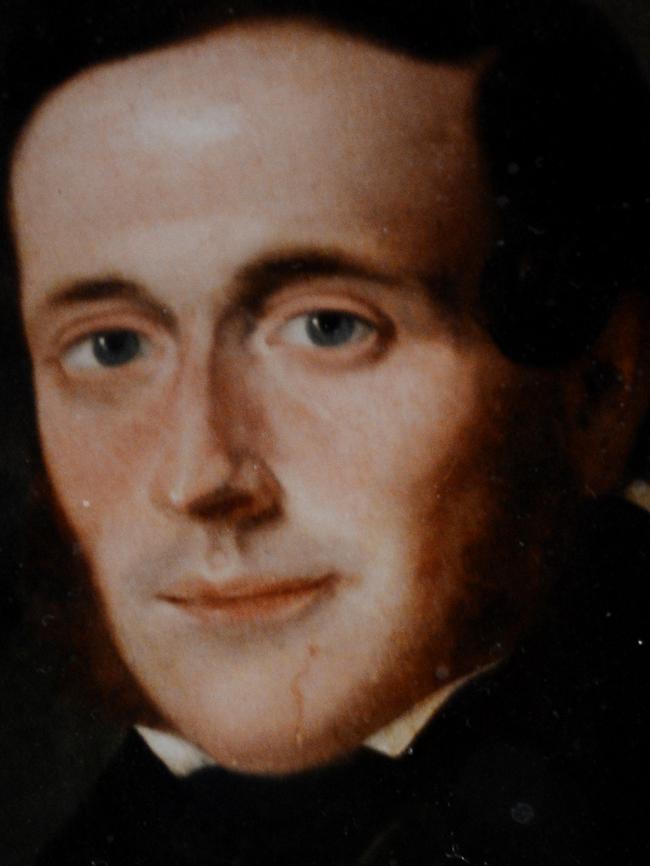Great-grandaughter of Clipper ship’s first captain makes five figure donation
THE great-granddaughter of the City of Adelaide clipper ship’s first captain has marked her 90th birthday with a five-figure donation to restore the old captain’s quarters.

West & Beaches
Don't miss out on the headlines from West & Beaches. Followed categories will be added to My News.
- Dock 2 is government’s preferred home for City of Adelaide
- Clipper arrival a ‘dream come true’ for captain’s great-granddaughter
- Maritime Museum trying to raise $1.5m to restore Nelcebee
THE great-grandaughter of the first captain of the City of Adelaide clipper ship grew up never knowing about her family’s connections to the historic vessel.
It wasn’t until her grandmother was on her deathbed that Pam Whittle first heard the words “the City of Adelaide”.
Her grandfather, Alexander Bruce, was one of the ship’s early captains but he died when her father was an infant and her grandmother never spoke of his work.

A chance discovery of an old lithography print of the world’s oldest clipper ship prompted her grandmother to reveal the connection.
On a trip to Scotland in 1963, when the ship was stationed in Glasgow, Mrs Whittle discovered that her family connection was deep.
Not only was her grandfather captain but also her great-uncle, John Bruce, and her great-grandfather, David Bruce, who was its very first captain in 1864.
That discovery sparked a passion for the vessel which holds strong today. Mrs Whittle celebrated her recent 90th birthday on the ship, docked at Port Adelaide where it is being restored.
To mark the occasion, she made a five-figure donation to cover the cost of rebuilding the captain’s quarters as a tribute to her family’s ties to the ship, which transported passengers between London and Adelaide until 1887.
In 2000, Mrs Whittle joined the campaign to bring the City of Adelaide to South Australia.
Since it arrived on our shores in 2014, Mrs Whittle has been a dedicated volunteer each week with her daughters, Julia and Meredith.
“I just love it and I feel excited every time I come,” she said.
City of Adelaide director Peter Christopher said Mrs Whittle’s donation meant the captain’s cabins would be able to be rebuilt within a year.
“The story of the ship is not just about the wood or the iron, it is about the social history, the people and the connections to people in South Australia and Pam provides the most direct link,” he said.


